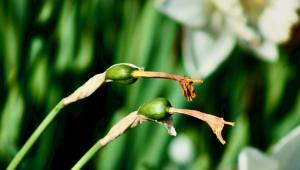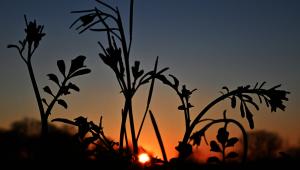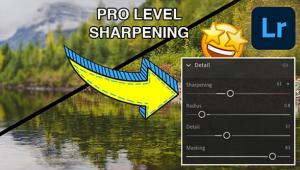Seeing With A New Eye
Peter McDonough
| Peter McDonough is concerned
with perception; not the physiological aspects of perception, but rather
how the eye sees and converts its image, what people see and what they
don't see of a given subject. Quoting the Italian psychiatrist,
Roberto Assagioli, McDonough says, "`Eyes we have but we
see not.' On this I have based my photography." |
- Log in or register to post comments

































